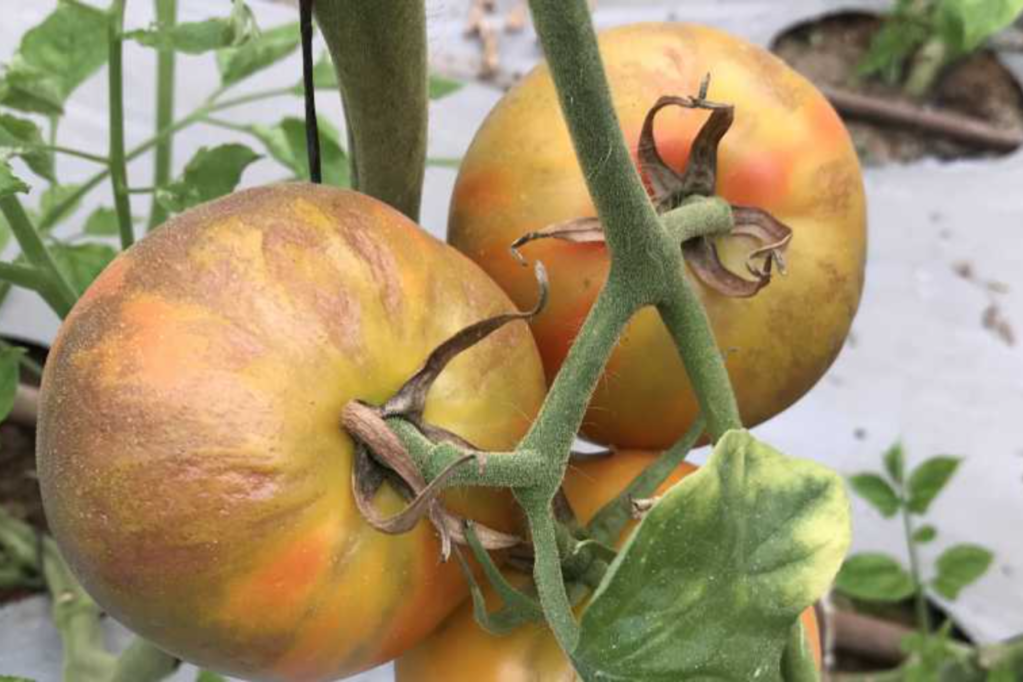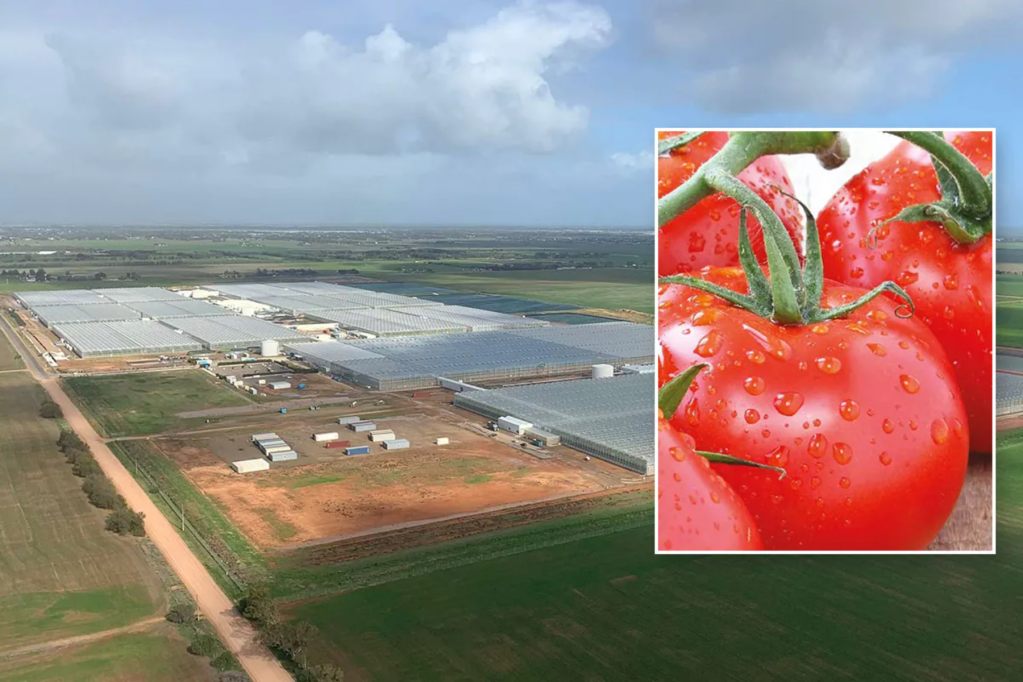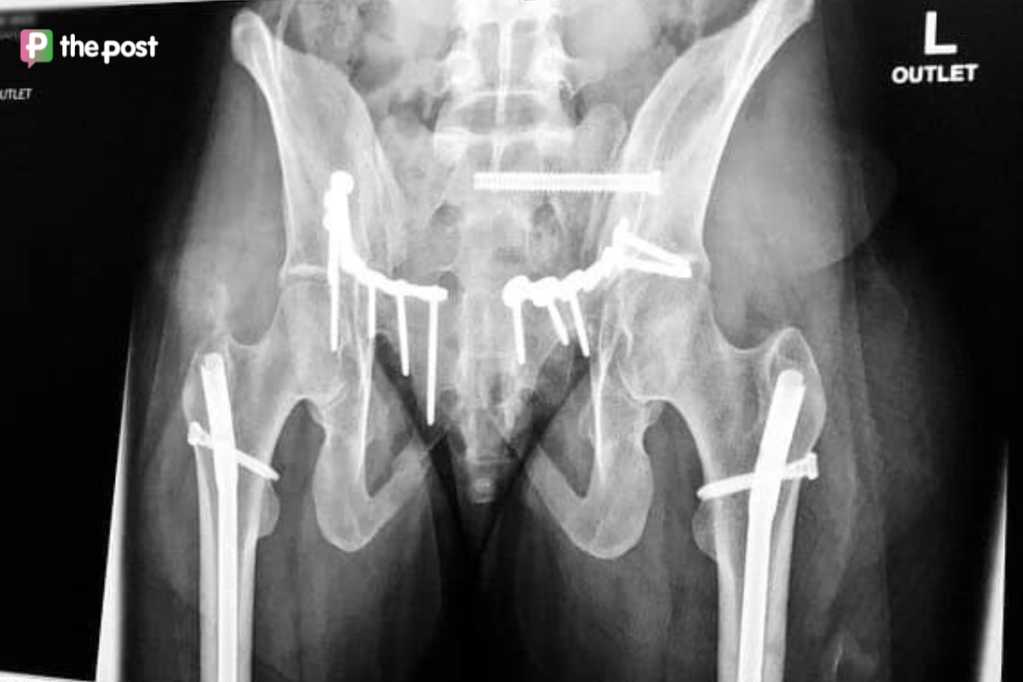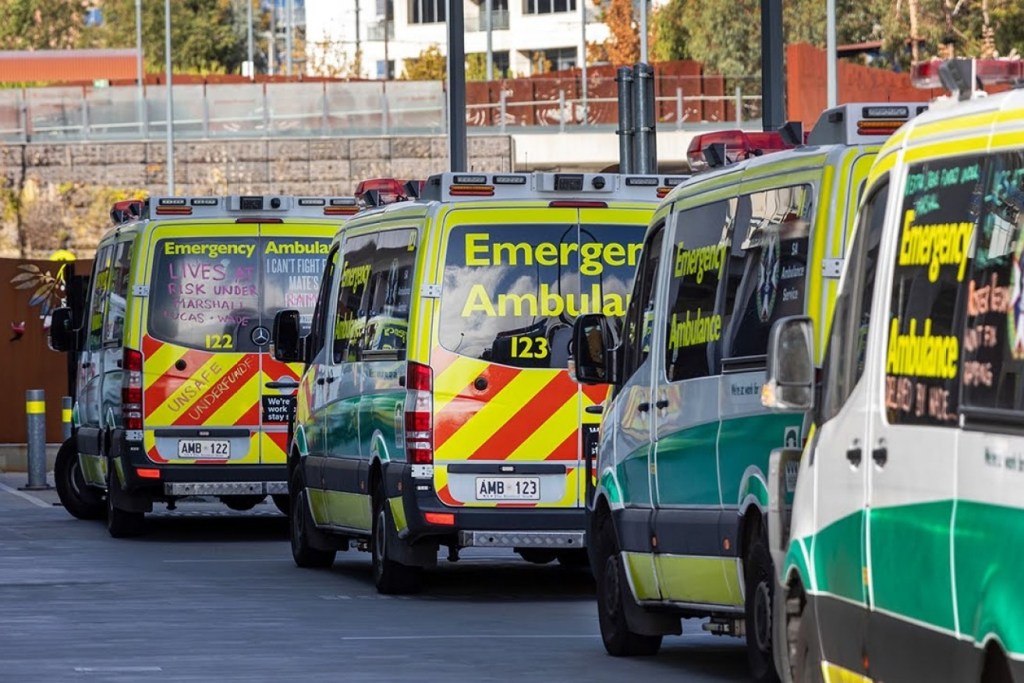Adelaide tomato virus discovery sours exports
Two Australian states as well as New Zealand have slapped bans on South Australian tomatoes after Australia’s first cases of a “highly contagious” tomato virus were reported in Adelaide last week.
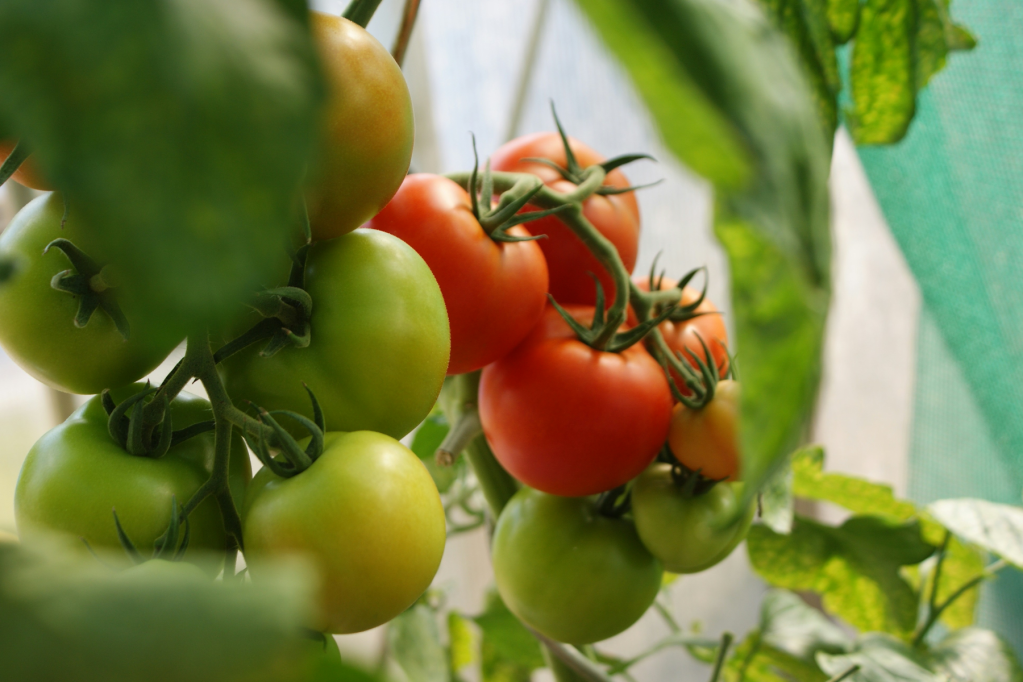
Tomato brown rugose fruit virus (ToBRFV) was detected at two properties in the Northern Adelaide plains, the Department of Primary Industries and Regions (PIRSA) announced last Monday.
The department confirmed to InDaily that this was Australia’s first detection of the disease, which was first reported in 2014 in Israel.
ToBRFV is a highly contagious exotic virus that affects tomatoes, capsicums and chillies, and is regarded as a “considerable threat” to Australia’s $5.8 billion vegetable industry. The virus impacts the yield and marketability of fruits, causing brown wrinkled spots, deformations and uneven ripening.
The virus discovery has now prompted Queensland, Western Australia and New Zealand to restrict South Australian tomato imports.
Queensland’s Department of Agriculture and Fisheries announced a movement control order notice on August 23, restricting tomatoes and any other known carriers of ToBRFV from entering the state from any state or territory with a confirmed detection of the virus.
The order will remain in place for three months “unless earlier revoked”.
You might like
Western Australia has also implemented import measures, but only on tomatoes from the two Adelaide properties where ToBRFV was detected and which are under biosecurity quarantine.
On August 22, New Zealand banned tomato imports from all Australian states other than Queensland, where Biosecurity New Zealand deputy director-general Stuart Anderson said the country gets all of its Australian-imported tomatoes.
On August 23, it announced a suspension of all Australian tomato imports.
The temporary suspension is set to be reviewed on Friday.
Primary Industries Minister Clare Scriven told InDaily the department was currently waiting on the results of “over 1000” samples taken from additional properties identified through contact tracing to determine whether the virus had spread.
“The focus is really on making sure that it doesn’t spread any further,” she said.
Stay informed, daily
“The focus really at the moment is getting the results of those samples. Until we have those it’s speculation on where it might go from here.”
Speaking in Parliament yesterday, Scriven said she had “no reason to expect that there will need to be a shutdown of the entire industry”.

The virus is not harmful to humans. Photo: Growing Produce
Jordan Brooke-Barnett, the CEO of South Australia’s representative body for vegetable industries, AUSVEG SA, said the bans were “a concern”.
“Our industry, as with any horticulture industry, relies pretty heavily on interstate trade,” Brooke-Barnett said.
“We’re really gearing up for production in October, so we’re hopeful that once the tracing is done we will have a way forward for how we can actually trade past interstate boundaries.
“How can we demonstrate as a state, that this thing is contained, that we’re able to trade. That’s where our immediate focus is as an industry.
“It’s a really big thing to impact an industry, and tomatoes are certainly a major crop that we grow in South Australia.”
Most tomato production in Australia takes place in South Australia and Victoria, according to the Australian Horticulture Statistics Handbook of 2022 – 2023.
The handbook said South Australia produced 18 per cent of Australia’s fresh tomatoes in 2022-23, second only to Victoria, which produced 47 per cent.
The South Australian tomato industry was valued at $179.8 million, with 57,970 tonnes produced.
“We’re a big tomato-producing state, it’s a big industry. For every job impacted in our industry, there’s another, sort of, two people employed in the local economy,” Brooke-Barnett said.
“We’re hopeful that South Australia is able to demonstrate strong controls in place for this virus that gives other states the confidence to move forward and receive fruit.”
